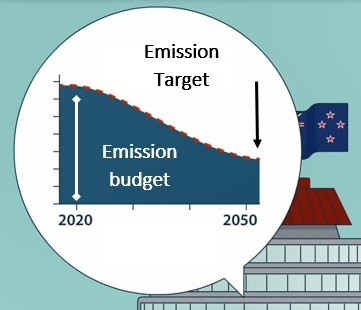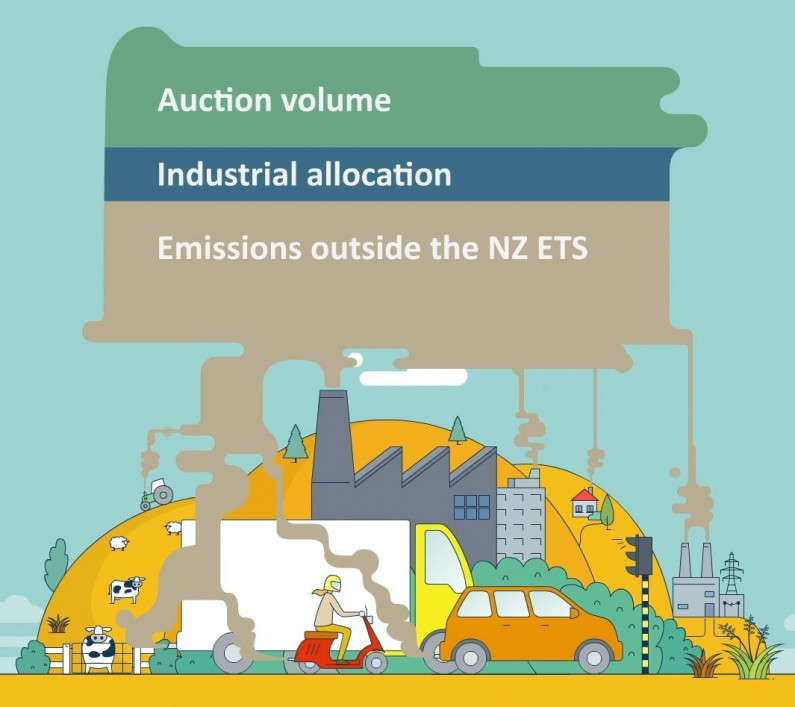NZ ETS is a tool for responding to climate change
The New Zealand Emissions trading scheme (NZ ETS) helps reduce greenhouse gas emissions in New Zealand.
The New Zealand Emissions trading scheme (NZ ETS) helps reduce greenhouse gas emissions in New Zealand.
The purpose of the NZ ETS is to:
The Climate Change Response Act 2002 [New Zealand Legislation] sets the purpose of the NZ ETS.
The NZ ETS places a price on emissions of greenhouse gases. All sectors of New Zealand's economy, apart from agriculture, pay for their emissions through the NZ ETS.
Businesses in the NZ ETS are required to buy units to cover their emissions. This helps businesses participating in the NZ ETS to consider emissions in their decision making and provides an incentive for them to reduce their emissions.
For more information on emissions units and where they come from.
The NZ ETS covers a broad range of economic sectors - one of the broadest ranges of emissions trading schemes in the world. The NZ ETS enables New Zealand to reduce emissions in an economically efficient way.
Businesses that carry out activities in sectors covered by the NZ ETS that have surrender obligations (some only have reporting obligations) are required to buy and surrender to the Government one NZU for every one tonne of carbon dioxide equivalent (CO2-e) emissions they produce. Businesses might pass these costs on to consumers of the end product.
Businesses in the NZ ETS can choose to meet their obligations under the NZ ETS in a way that makes financial sense for them. For example, businesses in the NZ ETS can reduce their emissions (which would mean they need to surrender fewer units to the Government). Or, they can buy NZUs from other businesses that participate in the NZ ETS (in effect paying them to reduce their emissions, if another business has cheaper options for reducing emissions).
New Zealand’s greenhouse gas reduction targets set the long-term goal we need to get to, and help us create a low- carbon economy. The NZ ETS is an important tool for meeting our targets.

New Zealand has two greenhouse gas emissions reduction targets.
Find out more about our emissions reduction targets.
We use 'emissions budgets' to help keep us on track towards the 2050 target. Between now and 2050, the budgets set the total amount of emissions that can be emitted over any 5-year period.

The Government sets and reduces the number of units supplied into the scheme over time through the NZ ETS settings. This limits the quantity that businesses participating in the NZ ETS can emit. These limits align with the total emissions allowed by emissions budgets, to make sure the NZ ETS will support New Zealand to meet its targets. The budgets also inform the price control settings in the NZ ETS.
The NZ ETS limits and price control settings are updated on an annual basis.
An explanation of the emissions trading scheme budget.
There are some emissions that are not covered by the NZ ETS, and sit outside of the limit placed by the NZ ETS settings. These are still part of the overall emissions budget for New Zealand.

While the NZ ETS is a key tool in the governments climate change response toolbox, we will also need additional tools and approaches that can work alongside the NZ ETS, to bring down emissions over the next 30 years.